2013 Aga Khan Award for Architecture winners announced
News: an Islamic cemetery in Austria and a restored market hall in Iran are among the five winners of the 2013 Aga Khan Award for Architecture (+ slideshow).
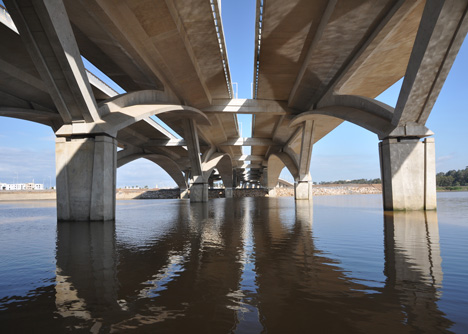
A health centre in Sudan, a reconstructed community in Palastine and a concrete bridge in Morocco were also named as recipients for the triennial accolade, which recognises architectural projects that exhibit social responsibility as well as design quality.
Here's the full list of winners:
» Salam Centre for Cardiac Surgery, Khartoum, Sudan
» Revitalisation of Birzeit Historic Centre, Birzeit, Palestine
» Rabat-Salé Urban Infrastructure Project, Morocco
» Rehabilitation of Tabriz Bazaar
» Islamic Cemetery, Altach, Austria
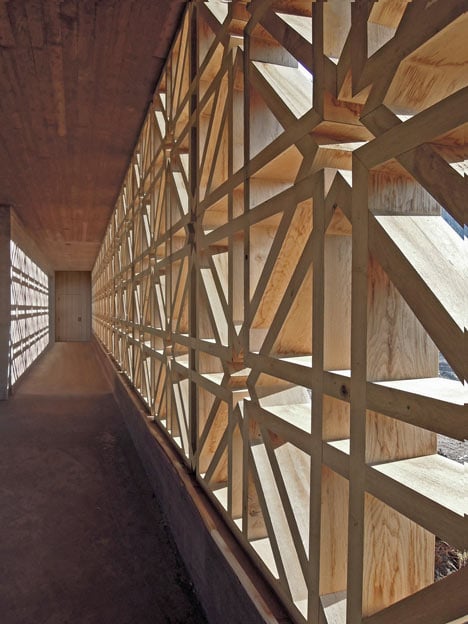
A jury including architects David Adjaye, Wang Shu and Murat Tabanlıoğlu selected the five winners from a shortlist of 20 projects and they were revealed at a ceremony in Lisbon on Friday night. A $1 million prize will be shared between the recipients, with allocations given to builders, clients and engineers, as well as the architects.
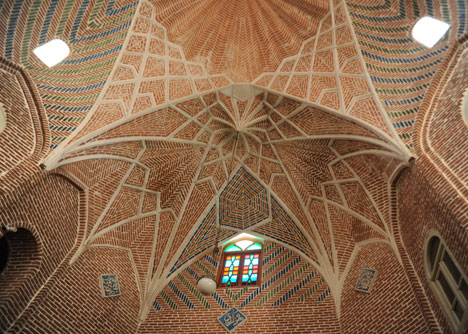
Other projects shortlisted for the award included a museum dedicated to the craft of paper-making, a reconstructed refugee camp and an apartment block constructed from stone offcuts. See more shortlisted projects »
Here's some more information about each winning project from the competition organisers:
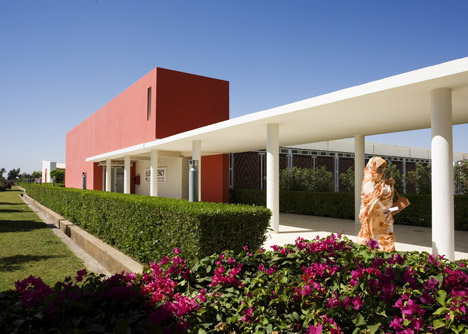
Salam Centre for Cardiac Surgery, Khartoum, Sudan
The Salam Centre for Cardiac Surgery, which consists of a hospital with 63 beds, serves over 50,000 patients per year, drawing from a catchment area in eastern Africa of over 300 million people. The welcoming architecture "provides an exemplary prototype for the region as well as for the field", remarked the Master Jury in their citation. The Centre meets the high technical demands of a hospital with complex functions, including three operating theatres, while providing a number of eco-friendly solutions to common problems. Mixed modes of ventilation and natural light enable all spaces to be homely and intimate. In addition to solar panels and special insulation techniques, the architects have reused 90 six- metre (20-foot) containers that had been discarded after being used to transport construction materials for the Centre.
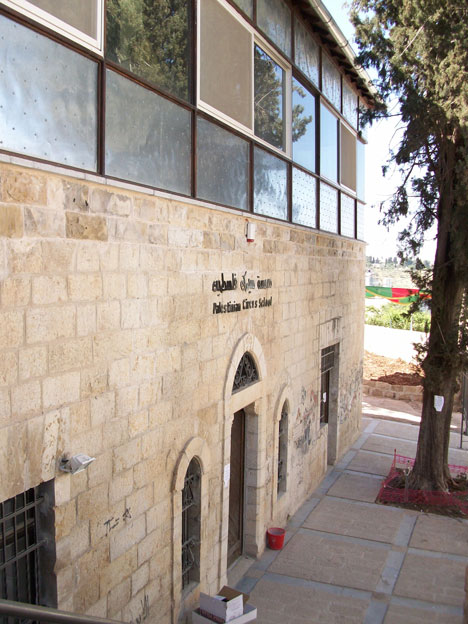
Revitalisation of Birzeit Historic Centre, Birzeit, Palestine
The five-year project, which will eventually encompass 50 villages, is part of a rehabilitation master plan initiated by the Riwaq Centre for Architectural Conservation. The project has transformed the decaying town of Birzeit, creating employment and reviving traditional crafts. The Master Jury remarked that the project brought together "stakeholders and local craftsmen into a process of healing that is not merely physical but that is social, economic and political". By focusing on towns and villages in the area under Palestinian civil authority – where an estimated 50 percent of the surviving historic structures are located and where most Palestinians live – Riwaq realised that it could save much of the local heritage while at the same time having greatest significant socio-economic impact.
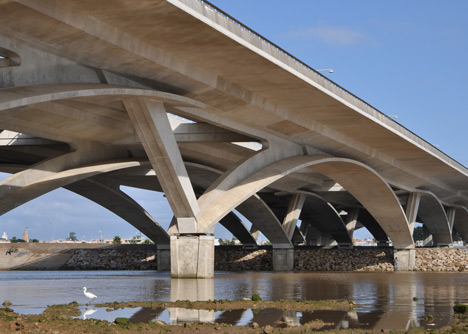
Rabat-Salé Urban Infrastructure Project, Morocco
Linking Rabat and Salé to form an urban hub, the project was born out of a new vision of large-scale regeneration, one in which improved transportation and mobility were to be priority components of the larger urban plan. The project combines exemplary bridge design, infrastructure improvement and urban planning. As a result, the Hassan II Bridge has become a new icon for Rabat-Salé, reinforcing a modern, progressive, twin-city identity. The Master Jury remarked that the project was "a sophisticated and cohesive model for future infrastructure projects, especially in places of rapid urbanisation".
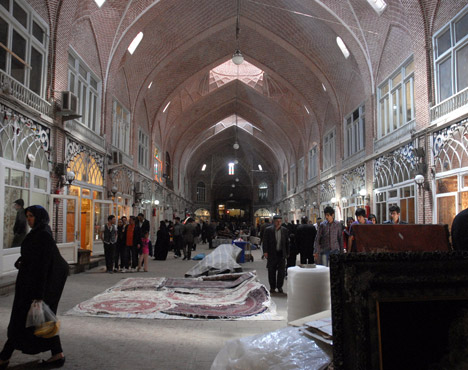
Rehabilitation of Tabriz Bazaar, Tabriz, Iran
With origins in the 10th century, the Tabriz Bazaar has long functioned as a main commercial centre for the city. But by the late 20th century, it had begun to deteriorate. To rehabilitate the structures, which cover 27 hectares and over 5.5 kilometres of covered bazaars, a management framework was established that involved the bazaar community, municipal authorities and the Cultural Heritage, Handicrafts and Tourism Organisation (ICHTO). During the pilot restoration project, the government contributed 85 percent of the financial coverage and the bazaar community contributed 15 percent; in subsequent stages, the bazaar community – convinced of the value of the restoration – provided up to 90 percent of the funding. The Master Jury found that the project was "a remarkable example of stakeholder coordination and cooperation to restore and revitalise a unique structure". Since 2000, numerous complexes within the bazaar have been rehabilitated, infrastructure has been improved and public facilities have been built.
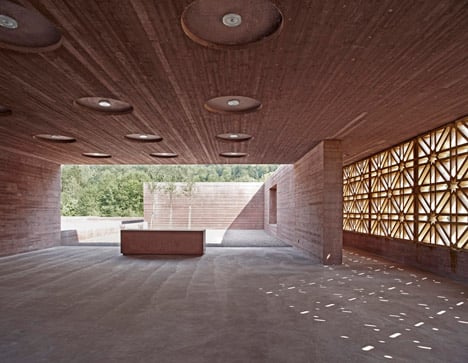
Islamic Cemetery, Altach, Austria
Until recently, some Muslims in Austria would send their dead back to their countries of origin for burial. But the desire of Muslims to be buried in the countries of their birth led to the creation of a multi-faith, multi-ethnic group of actors, including local authorities and an NGO, to create a cemetery where funeral rites could be administered locally. The design was lauded by the Award’s Master Jury for the way it realised "the wish of an immigrant community seeking to create a space that fulfils their spiritual aspirations and, at the same time, responds to the context of their adopted country". Inspired by garden design, it features roseate concrete walls, five staggered, rectangular gravesite enclosures, and a structure housing assembly and prayer rooms. The principal materials used were exposed reinforced concrete for the walls and oak wood for the ornamentation of the entrance facade and the interior of the prayer space.